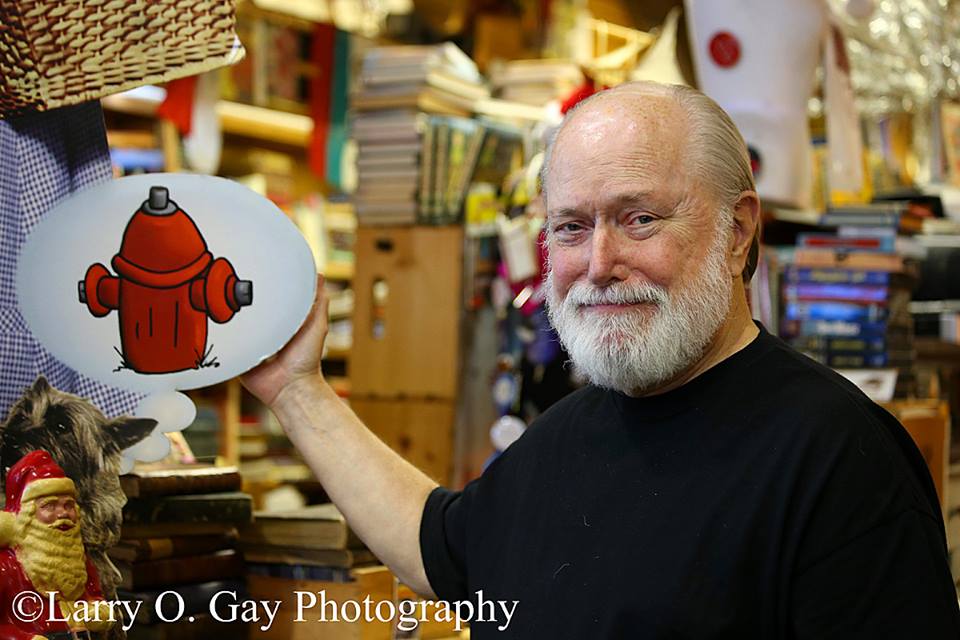Hear Jim Reed’s Red Clay Diary podcast: https://youtu.be/2ZTeRjC3PU8
or read transcript below:
HOW TO THROW A PUNCH
I am lying flat on my back, staring up at off-stage theatrical trappings just out of sight of an audience. This is a theatre and I am an amateur actor, way back in the 1950s.
I lie on the hardwood floor because I am dead, killed by the pen of dramatist Maxwell Anderson.
I perform as well as I can, making sure that the rapt crowd really believes for a suspended moment that I am no longer alive. This means that breathing must be shallow and non-apparent. Eyelids must not flutter. Mouth must be slack. Giggling must not occur.
Being slain in a play is kind of fun. You get to pretend someone else’s life while hiding your actual life from view. And being dead is great. The audience cannot remove its attention from you, even though the living characters continue the scene. Not only do you get lots of attention, but there are no memorized lines to be remembered, to be spoken.
Once you as a character in a play have done your dramatic dying, it’s all over. You can rest backstage later while everybody else continues working. You stick around for curtain call because that’s when the applause will rise in concert with your bow. By the end of the play, audience members will have forgotten what your role is, but they will remember that you fought and died a violent death right in front of them.
But back to the scene. This is one of those performances without curtains. The audience gets to watch the actors leave the stage and the scene-changers re-arrange the props.
At this point in such a production, suspended disbelief breaks through the fourth wall and the audience gasps as the corpse—me—suddenly rises quickly and leaves the stage.
Later on, the play is successfully concluded and we actors get to mingle with instant fans.
One woman singles me out and gushes, “Oh, you were so graceful in that scene.” I just listen because graceful is not a word that has ever been applied to me.
“The way you fell to the floor, how did you manage not to get hurt.?” she does go on. “And suddenly you get up and become alive again!” She furrows her brow and asks intensely, “How do you do that?”
I am too young to come up with sage answers, so I just thank her, sign her program, and continue milling about until cast and crew are ready to pack up and travel to the next town, the next performance, the next dying scene.
When even younger, we playground kids call this play-acting. It is improvised but it is pretty much the same thing I am doing on stages. The difference is, the audience actually believes the story for bit.
In another play, I as a character get to punch another actor. This time, he is the body on the floor for a minute. Of course the punch is fake—you get to learn how to do this in rehearsals and acting classes—but some viewers actually believe it. After this performance, a fan asks me whether I am a trained athlete. I haven’t the heart to tell her I am a practicing wimp and cannot, in real life, throw a punch or defend myself against one. I just play-act.
Decades later—right now, for instance—I am still haunted by people who believe I am someone I am not and can never be. But I also have these wonderful warm memories of being, just for an instant each time, a jock or an action hero or a resurrected body. And I can go back on my worst days and reminisce about all those people I could be.
And I am really grateful for the fact that no matter how wild and improbable those fictitious folks are, I can still bask in being me. The me who secretly re-visits the other me’s that no-one else can see
© by Jim Reed 2020 A.D.
